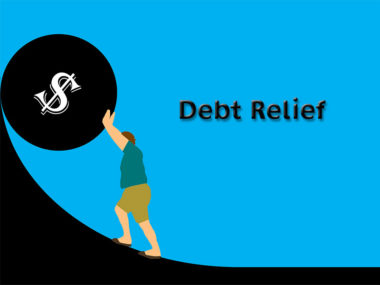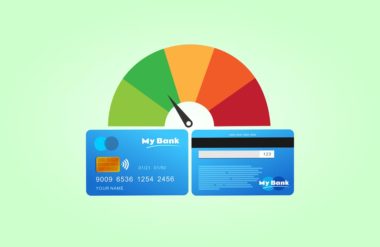Anyone over the age of 18 typically understands the difference between good debt and bad debt. You might know that good debt is the kind that helps you achieve modest fiscal goals, while improving your credit as you pay it off in a timely fashion. Bad debt, on the other hand, is the kind that becomes unmanageable for you, damaging your credit and forcing you to seek out credit repair later on down the road.
In the abstract, these principles are fairly easy to understand. However, as you find yourself on the fiscal front lines of life, it can be harder to tell when you have crossed the line. It’s critical to your financial health that you are able to distinguish between good and bad debt — you must be able to tell whether a prospective loan is one too many. Being able to tell when you’re about to cross the line is critical when it comes to taking responsibility for your debt and repairing your credit.
Don’t Spend More Than You Make
If you’re spending more on debt than you’re bringing home in income, you must reevaluate your finances. Running a deficit from month to month is the easiest way to tank your credit rating.
Of course, this is all easier said than done. If controlling debt and fixing your credit were as simple as changing a minus to a plus, then surely nobody would have debt problems. Although it may be tough for the average person to tell if they are accumulating too much debt, there are budgeting guidelines that can help, such as the 50/20/30 rule.
This rule suggests that 50% of your after-tax income go towards necessities and obligations, 20% towards savings, and 30% towards everything else. These will be discussed in more detail below.
Keep a Budget
The best way to keep track of your finances from month to month is to create a budget for yourself and stick to it. In order to create a budget, you will want to split your financial activity into two halves: spending and income. Your biggest source of income is most likely your paycheck and, unless you freelance or work a side gig, it’s probably your most reliable source of income.
Once you have an idea of how much you make from month to month, you can start to think about how you want to dole that out in spending. The first things you should make room for in your budget are needs and obligations — part one of the 50/20/30 guideline. These are usually things like housing, groceries, utilities, and healthcare, but, if you’re carrying any debt, this must also include all of your minimum loan payments, such as for your mortgage or car.
By budgeting to cover your needs, you will be able to see if you are making all of your loan payments for the month. With a budget already in place, you will also be able to determine very quickly whether or not a new loan will be too much of a financial strain. Keep in mind that taking out more loans than you can pay back will seriously hurt your credit score.
Once you have a budget, it’s a good idea to have some surplus each month — the 50/20/30 guideline suggests a surplus of 30%. If you add another loan payment without running a deficit each month, it will cut into your savings — part two of the guideline.
Prioritize the Debt You Take On
Not all loans are created equal. Some loans, such as mortgages or modest student loans, are a common — if not necessary — part of life. You’re probably already paying off your mortgage, and you may be close to eliminating your student debt. These are both good things, as they help improve your credit.
Mortgages and reasonable student loans are the kind of debt that you should be okay taking on. In fact, both of these should take priority over other forms of debt. If you’re in a financial crunch, avoid taking on debt for things like excessive credit cards, luxury items, as well as mortgages or student loans beyond your means. Taking out this sort of debt can do severe damage to your credit when you cannot pay it down, leaving you to repair your credit score.
In summary, creating a budget will help you determine your spending power and — by extension — how many loans you can afford to take on. If you are considering taking out a loan, check the minimum payment amount against what you have left in your budget. By practicing good monetary habits when it comes to debt, you can maintain strong credit or even repair your credit, if necessary.
Image Source: https://depositphotos.com/





